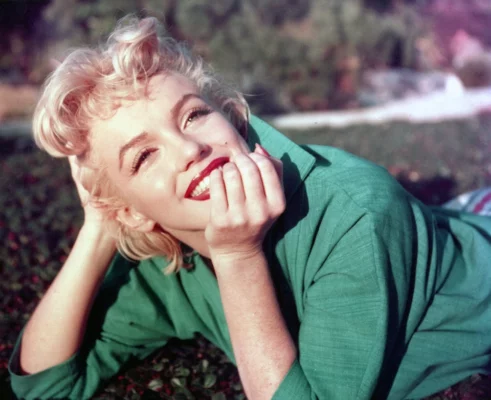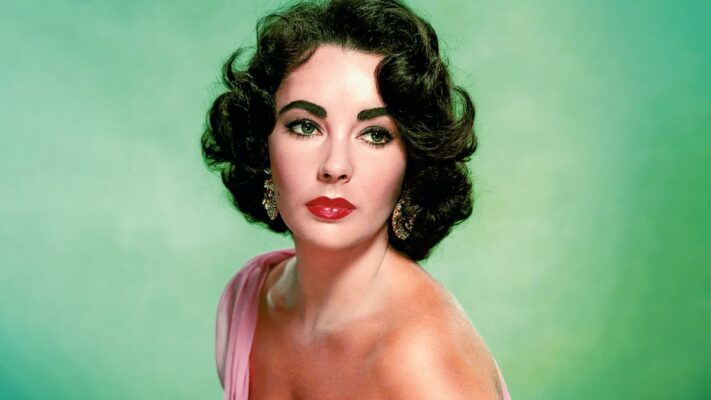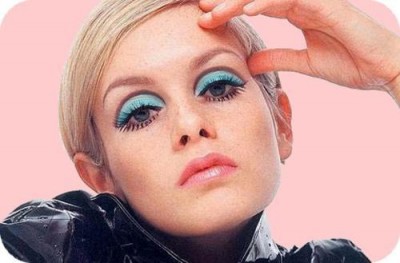Your Cart is Empty
Freeshipping about 5 days (in weekdays) with order over $150 (net after discount). Use code HELLOGLAMOR for 20% off.
Freeshipping about 5 days (in weekdays) with order over $150 (net after discount). Use code HELLOGLAMOR for 20% off.
Freeshipping about 5 days (in weekdays) with order over $150 (net after discount). Use code HELLOGLAMOR for 20% off.
March 27, 2024 4 min read

Throughout the years, people have always found ways to make their eyelashes look longer, darker and more noticeable. Therefore, the beauty practices related to eyelash enhancement in the past can be very diverse.
The earliest appearance of eyelash extensions dates back to ancient Egypt, around 4000 BC. During this time, women used to use Kohl – a mixture made from minerals & oils – to darken their eyelashes. Apart from that, natural fibers and resin were also used to create what we now know as the earliest version of eyelash extensions.
In ancient Rome, burnt materials like charcoal and soot were utilized to make women’s eyelashes darker and thicker.
During the Renaissance, false eyelashes made from human hair became a new method to deepen the eyes’ natural beauty. Crafted by hand, these early versions of eyelash extensions were designed to add both length and volume to the natural lashes.
As a result, by the 19th century, false lashes made from human hair and sold in strips or clusters became trendy in London and Paris.They gained significant popularity among the beauty industry, symbolizing a luxurious approach to beauty.
These early versions of false lashes were not just a beauty product; they were a statement of elegance and good taste. The process of applying them was considered an art, with each set made to match the unique shape and style of the wearer’s eyes.
There were many versions of false eyelashes in the early days, but the question still remains: who invented eyelash extensions? Let’s find out.
Even though the concept of enhancing eyelashes goes back to ancient Egypt, it wasn’t until the early 20th century that the idea of eyelash extensions really took off. In 1902, Karl Nessler, a German hair expert and inventor, got a patent in the United Kingdom for creating artificial eyebrows and eyelashes. By 1903, he was selling fake lashes in his London salon on Great Castle Street and quickly became a sought-after accessory among the fashionable circles in the UK.
Then, in 1911, a Canadian named Anna Taylor received a patent in the United States for false eyelashes. Her design included a crescent-shaped strip that had small pieces of hair attached to it. Taylor’s new invention was quickly adopted by American people, most of whom were more than eager to achieve the lush, voluminous eyelashes that were becoming increasingly associated with beauty and glamour.
Another important name in the world of false lashes is Maksymilian Faktorowicz, a Polish beauty guru and businessman, who founded the company Max Factor. Max Factor initially served the film industry, creating false eyelashes that made actresses’ eyes stand out on screen. These innovations quickly became popular beyond movies, shaping beauty trends and making false eyelashes a must in everyday makeup.
The 1920s was the real surge in popularity of false eyelashes. This is due to the Flapper Era in the US and UK, where old social and fashion rules started to be challenged. Movies played a big part in this change. A prime example can be actress Seena Owen – who wore false eyelashes in the 1916 movie called “Intolerance”, making her eyes stand out, and therefore setting a new beauty trend. Bold makeup and long eyelashes became signs of beauty and glamour, making false eyelashes more mainstream than ever.
Since then, Hollywood and the film industry continued to be a significant influence on the popularity of false eyelashes throughout the 20th century. Icons like Marilyn Monroe, Audrey Hepburn, and Elizabeth Taylor were often seen wearing false eyelashes as a symbol of glamour and beauty.

Marilyn Monroe in 20th century

Elizabeth Taylor in 20th centry by The Times
The late 20th and early 21st centuries continue to see the rise in the popularity of false eyelashes thanks to the new beauty and fashion trends. For example, the bold, dramatic makeup looks of the 1960s, including thick, doll-like lashes, led to a resurgence in false eyelash use.

1960s eye makeup look
In recent years, it’s impossible not to mention how social media platforms and beauty influencers have significantly contributed to the popularity of false eyelashes. Tutorials, product reviews have turned false eyelashes into a key element in many beauty routines.
Eyelash extensions have undergone many changes in modern beauty, using new materials and technologies to improve how we make our eyes stand out.
In the early days, eyelash extensions were made from human hair and real mink, providing a natural but limited option for eyelash enhancement.
As for these days, we have welcomed a new eyelash material called Faux Mink, which mimic real mink fur. Silk has also become a common material for false eyelashes. Because of this, Faux Mink and Silk are now the two top choices for eyelash materials.
At Glamoreyelash we offer 6 different types of materials, depending on their taper level, ensuring a wide variety of options for every preference and need.
b. Technology
Using the suitable glues, false eyelashes nowadays can stay in place for several weeks with the right maintenance. When it comes to the removal process, it has been simplified and made gentle, ensuring the health and safety of the natural lashes.
This progress shows how much false eyelashes have improved, focusing on how long they can be worn and how easily they can be taken off without hurting your natural lashes.
Those are the key points about who invented fake lashes and the history behind them. But the story doesn’t end here! The world of eyelash extensions continues to evolve with new trends and innovations. If you’re interested in discovering more about current eyelash extensions, visit our website at Glamoreyelash.com for more information.
Comments will be approved before showing up.
Sign up to get the latest on sales, new releases and more …